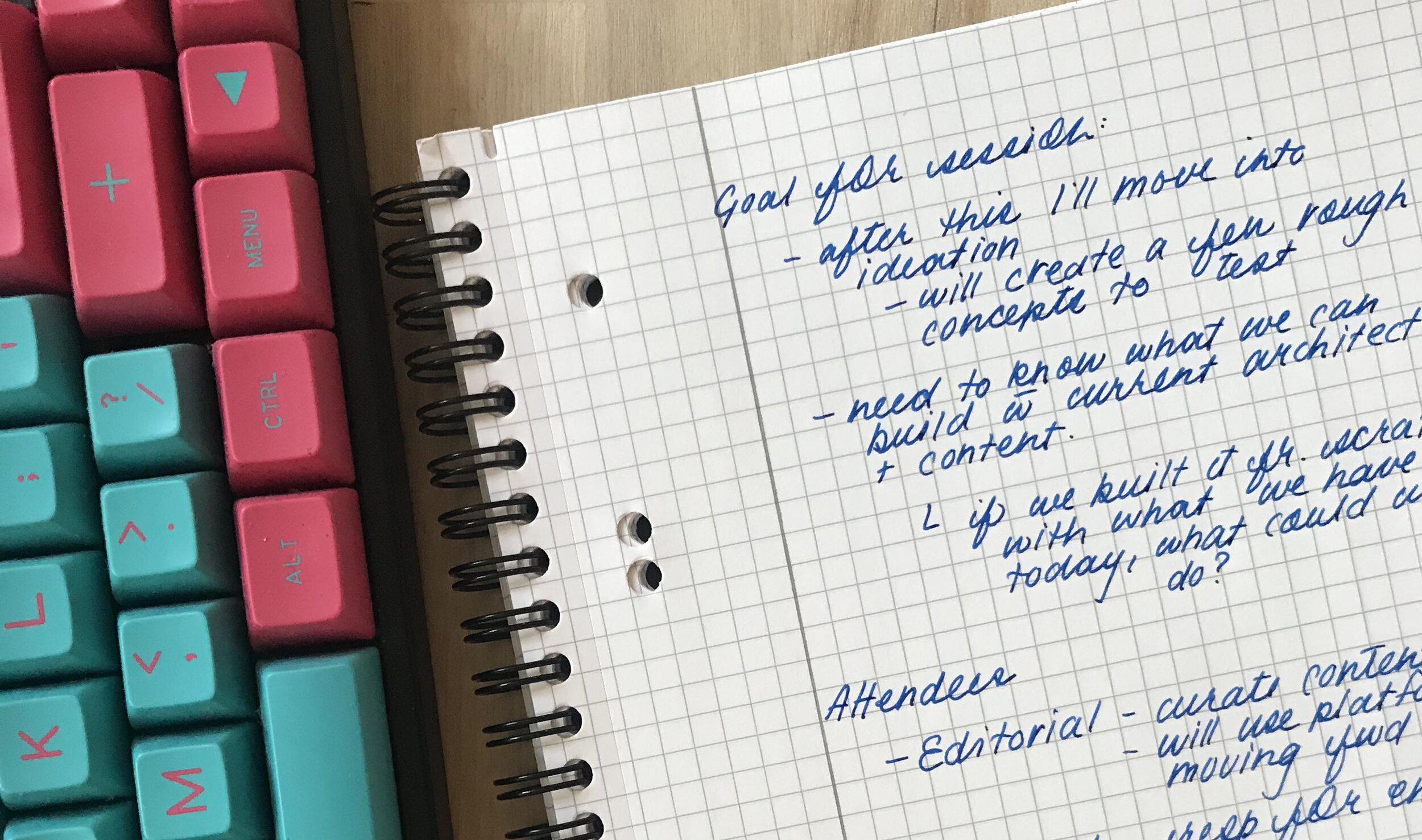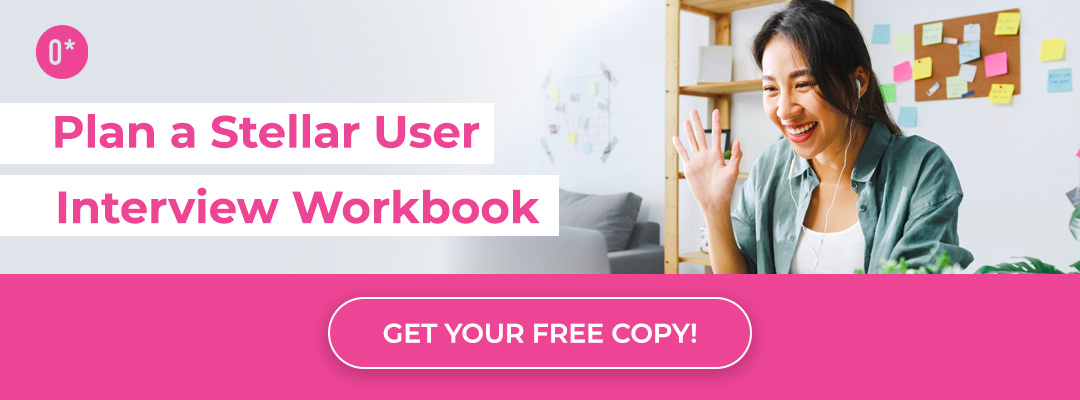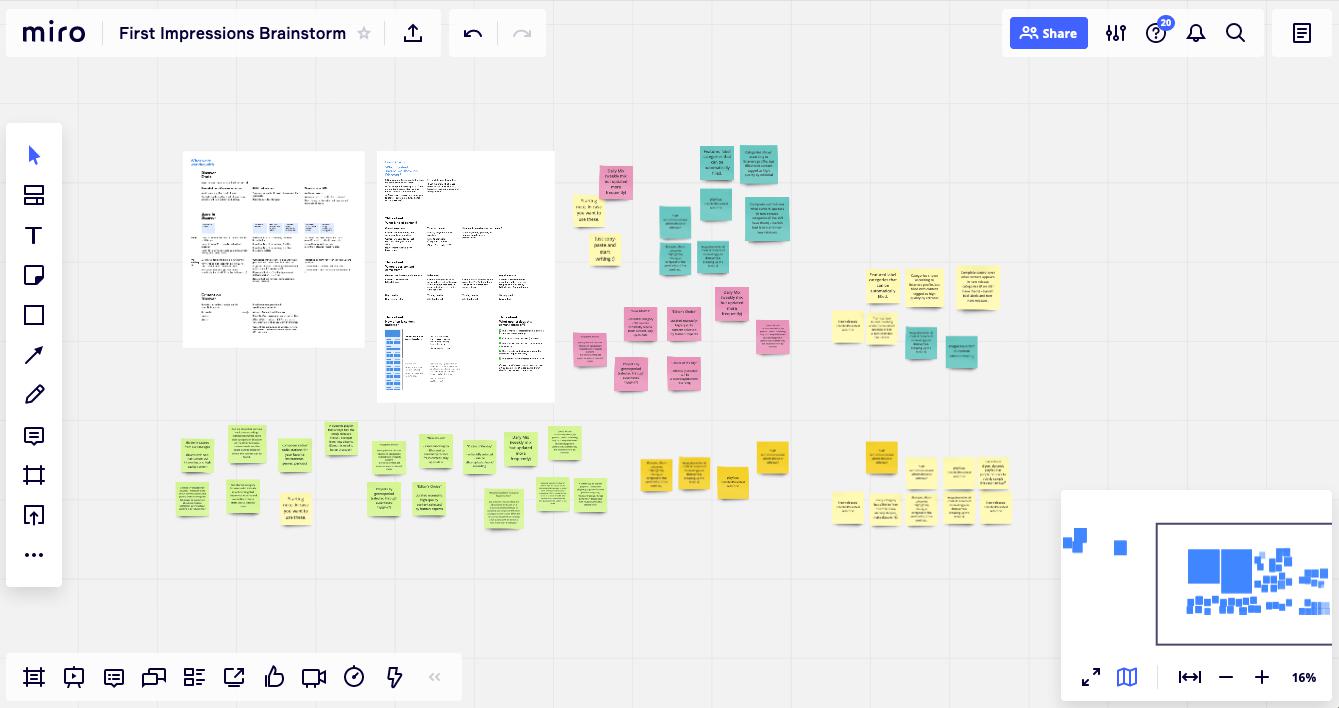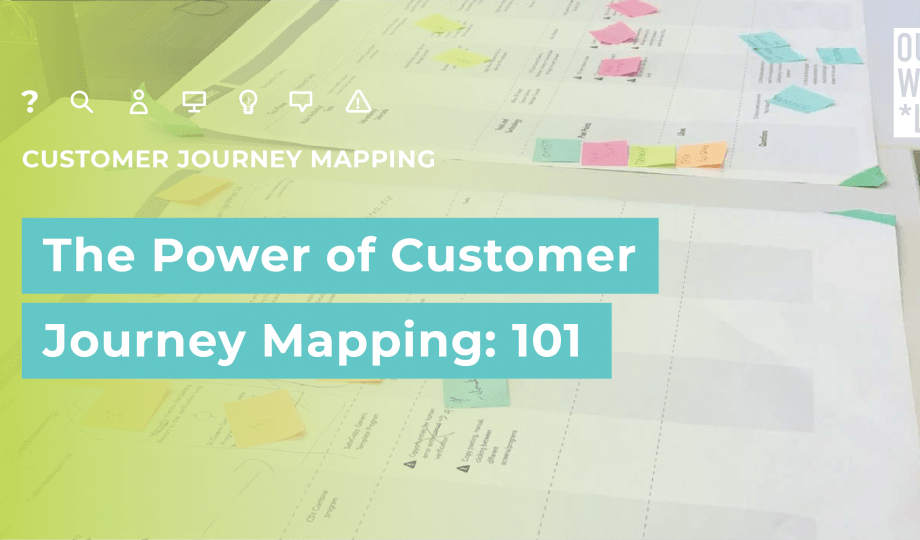The Outwitly Blog is back this week, with a special guest contributor: Jen Goertzen, Senior Product Designer and Research Lead with IDAGIO in Berlin, Germany. Jen has been facilitating workshops for over 10 years, and she is joining us to share her best practices for developing organized, productive (and fun!) brainstorming sessions.
The power of brainstorming comes from bringing many perspectives together in a single space, whether physical or digital. Every participant brings their own experiences and expertise to the metaphorical table. These contrasts then generate the “storm” that leads to new ideas that none of us could come up with on our own.
But this “storm” sometimes feels silly.
Many people do not include brainstorming as part of their workflow—they may not have brainstormed anything since grade school!—and often find themselves outside their comfort zone in these sessions. The loose format of most brainstorming sessions doesn’t have an obvious outcome. Without a clear objective, people struggle to see how brainstorming is a productive use of their time.
Brainstorming sessions, like many meetings, are most productive when everyone sees the value and is willing and able to contribute.
I’ve spent the last ten years facilitating workshops—both in-person and remotely—with a variety of teams. Over time, I developed a workflow that helps me prepare for every group and goal. Here’s what I’ve learned and how I apply it.
1. Create an outline for “why” the session is happening.
You will always need to (as they say) “read the room.” What works for one group isn’t necessarily going to work when a few or all individuals are different. Similarly, what works to address one problem might not work for another.
First, define the brainstorming session’s goal. This definition will help you design activities and exercises to suit the deliverables you need. It will also help you speak with stakeholders about the importance of the brainstorming session and how it drives the project forward. Here are questions to ask yourself when defining the goal of your session.
-
What related work has taken place before this session? Consider relevant project activities that have already occurred that could inform the session. This might include user research, a competitive analysis, and/or a series of stakeholder meetings.
-
What will come after this session? Consider what your planned “next steps” will be afterwards. This will affect the information or ideas you want to extract from the session.
-
What do you need to tackle these “next steps?” Expand on the previous point to build further detail around what information you need to take away from this meeting to do your best work.
Second, consider who will be attending this meeting. This list might be pre-defined based on the project, or it could be defined based on the “goal context” you just completed. Being aware of the attendees helps you plan a format that suits how people work and think.
-
Who will be invited to attend? Know everyone’s motivations for attending—whether you asked them or someone else did. This way, you can anticipate group dynamics that could affect the flow of conversation.
-
What is each attendee’s role in this project? Roles also relate to motivations for attending the session. Consider what each person expects to take from the meeting, or how they plan/hope to contribute to the project. You can anticipate questions early on and plan to answer them at the right time.
-
What is each attendee’s background? Their team, field, and/or experience can tell you what unique contribution they might bring to the mix of people in the room. Keep these in mind during the session to ensure every voice is heard.
Every attendee should feel that they’re the right person to contribute and that their contribution will impact the project in a meaningful way.
Over time, answering the questions above becomes second nature. I usually jot down a list in my notebook, then move onto planning specific brainstorming activities. These notes act as an informal design brief you can reference while designing your brainstorming session.
2. Create constraints for an accessible and applicable session.
We design better within constraints. We generate better ideas within constraints, too. Constraints keep people focused on the task at hand (now is not the time to start inventing new product lines…though maybe it is?)
Constraints also help people visualize ideas quickly from the start, and can give our brains a reference point to build off of, instead of building from scratch. Keep in mind that constraints still need to allow space to move. Otherwise, everyone will stop after their first two ideas—and they might all have the same two ideas.
When designing the brainstorming activities/exercises for your session, you can create useful constraints by walking through three main steps:
-
Clarify and write down your “answer” (or “need”) for this session. To do this, reflect specifically on what it is you need from the brainstorming session to move forward in the project. Write this “answer” down as a prediction of what you will get from the session.
E.g.: After this session, I’ll have a long list of ideas for how to demonstrate to users that the new app we’re building is unique the very first time they open it. As well, the ideas we generate in this brainstorming session will represent the experience and expertise of all teams in my organization.
-
Ask a central question that will bring you to that answer. This question is intended as a focal point to give participants direction. Without a focus or central question, people may be overwhelmed and won’t know where to start. This question should lead you to the “answer” you defined above. For example, here are two versions of the same central question. The more specific you can get, the better.
Weak Question: How might we show users that our new music app is uniquely for classical music?
Strong Question: How might we show users that our new music app is uniquely for classical music the very first time they open it?
-
Decide what form the brainstormed “answers” will take. They could be drawings, single words, or long-form descriptions. You can have participants brainstorm their “answers” through different mediums, including whiteboards, on pieces of paper, or with sticky notes. If you’re running a remote session, I recommend using Miro for a digital whiteboard and sticky note experience. Telling participants what you expect them to create in the brainstorming session gives them another boundary to focus their creativity.
E.g.: Every team is represented at this session. Because of the wide range of participants, I will ask for ideas on sticky notes. This way, people can choose either to write ideas or draw small sketches. The small size of the sticky notes will also keep ideas simple, and participants are more likely to come up with several.
Tip: Consider who will attend the session and what they may be most comfortable creating in a group environment. Designers are likely to be comfortable sketching. Other teams may prefer written exercises.
3. Share everything and set expectations.
People feel comfortable and confident when they know they have the same information as everyone else in the room. When people step out of their comfort zone, the best thing you can do is reduce surprises.
Based on your attendee list, anticipate what people may need to effectively contribute to the session. Different teams, each with their own motivations, may have specific questions. For each brainstorming session I facilitate, I answer the following questions ahead of time:
-
What project is this session for? Provide a summary of the project, and if possible, include a document or slide deck that can be shared to bring everyone up to speed. This frames the session for participants who might not otherwise be involved in the project.
-
What has happened up to now? Describe which project work has already taken place. Participants will want context for why this session is happening now, rather than at another time/stage in the project. They’ll also want to know how the project reached its present state. This might include clarification around who has already been consulted and what other research or ideation has taken place.
-
What information is essential for this session? If you are seeking ideas based around a specific topic, provide the same topical information to everyone. This ensures the whole group is more likely to be on the same page and thinking in the same space. Tip: If you have the time, give space at the beginning of the brainstorming session so everyone can review this information one more time. This way, they don’t have “homework” before the meeting. This also gives people a chance to ask questions or make comments about the information and project.
-
What is the purpose of this session? Based on your original outline from Step 1, describe the meeting’s goal(s) and what will happen afterwards. The goal is another form of constraint that helps people visualize how their ideas will contribute to the project.
-
What is the meeting agenda? Agendas make for productive meetings, period. They also add a level of professionalism to an activity (brainstorming) that people may not have taken seriously before.
Share this information ahead of time within the session invite, so that all attendees have a chance to review it. This allows participants to prepare, ask questions, and even suggest other attendees. When the day comes, you’ll spend less time reviewing “the point” of the meeting and more time getting to it.
With a little preparation, your brainstorming session and your team will be more effective.
You can be confident that your session activities will give you what you need to take your project’s next steps. This way, the session’s impact on the project will be clear to everyone. Everyone will know that they contributed and their perspective was valued.
Brainstorming creates excellent ideas and stronger teams.
Jen Goertzen
Jen Goertzen is a UX designer and Researcher, working in Berlin. She co-founded Caribou, a UX consultancy, and currently works with IDAGIO, a music platform for classical music. She focuses on helping teams develop better collaboration and understanding of their users. You can find her on Twitter at @jengoertzen and on her website, jengoertzen.com.
Resources we like…
-
Outwitly’s Building a Lasting Vision with North Star Principles FREE ebook
-
My Brainstorm Starter Guide on Miro
-
Session Lab’s collection of different idea generation exercises
-
Board of Innovation’s suggested best ideation activities








